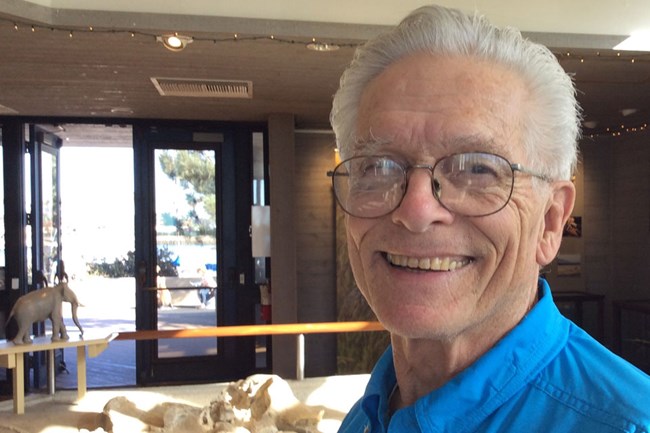
Chapter 10
Don Morris, National Park Service archeologist (retired), discusses the different methods of navigation used by people in the 1800s (nineteenth century) in the Channel Islands.
Native peoples in the Channel Islands likely used star patterns and constellations, ocean currents, and especially wave patterns to navigate in the channel. Stars would provide a reference when traveling at night, which native people did when starting long journeys.
Of course, when the channel was foggy at night or during the day, the stars or other visual clues were no help at all. That’s where awareness of the wave patterns came into play. Native peoples knew the waves came from the northwest and that wave patterns would change as paddlers neared an island.
European and American navigators used the compass, marine sextant (to measure latitude), and chronometer (an extremely accurate clock) to determine their position at sea and measure their progress on a voyage during the 1800s (nineteenth century) and well into the 1900s (twentieth century).
Also essential were accurate, current nautical charts. Supplemental books describing hazards provided additional useful information.
Navigation instruments and nautical charts from this period still exist today and can be seen in museum collections.
The compass allowed the vessel to follow a predictable path toward an objective. The sextant measured the latitude (distance north or south of the equator) by measuring the height of various stars or the sun. The chronometer (an extremely accurate clock) measured the longitude (east or west position) of the ship.
Sailors could set a compass course and follow it to voyage among the Channel Islands, basically navigating by sight, with little or no need to use a sextant or chronometer. This worked very well in good weather, but fog and storms made the navigation more difficult and could cause shipwrecks.
-
Listen to chapter 10 entry
Learn about methods of navigation in the 1800s (nineteenth century).
Last updated: November 26, 2017
